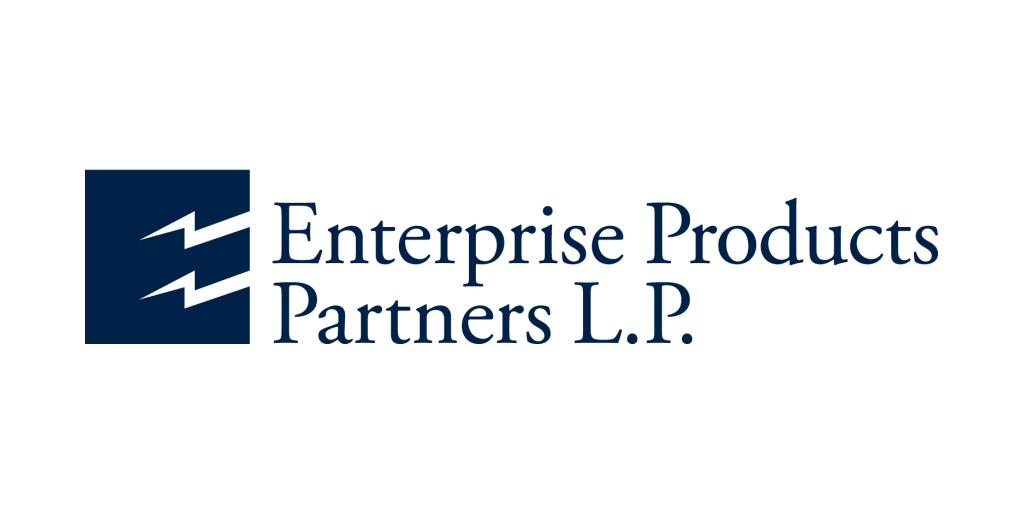U.S. pipeline operator Enterprise Products Partners LP wants to sell its 50% stake in a recently-completed South Texas crude export terminal, according to a marketing document seen by Reuters.
Enterprise is weighing an exit from the joint venture with terminal operator Plains All American Pipeline LP after suggesting to build its overseas port near Houston. There are at least eight proposed deepwater oil vents on the U.S. Gulf Coast trying to manage rising shale exports.
The Houston-based pipeline operator has hired RBC Capital Markets LLC to advise on a sale, according to the record, which didn’t indicate a cost.
Enterprise declined to comment, referring queries to Plains, which did not respond to requests.
The joint venture, Eagle Ford Terminals Corpus Christi, is attached to the 2 companies’ 660,000 barrels per day (bpd) Eagle Ford JV Pipeline. The pipeline brings primitive from the Permian Basin and Eagle Ford shale areas to the U.S. Gulf Coast.
The potential sale comes as three fresh crude pipelines will by mid-2020 begin carrying some 2 million bpd from Texas shale areas to the U.S. Gulf Coast.
Enterprise in January filed to build its own deepwater export terminal, Sea Port of Texas (SPOT), in a site 40 miles (64 kilometers ) off the coast of Houston.
“Enterprise is focusing on the Houston market,” said Sandy Fielden, an analyst at Morningstar.
Enterprise has a far bigger presence in the Houston area than in Corpus Christi, and it is uncertain if the terminal can compete with bigger facilities being constructed in the Corpus Christi region, Fielden added.
“That place isn’t somewhere they feel is their sweet spot.”
Last month, Enterprise Chief Executive Jim Teague said Chinese companies seeking to sign long-term agreements to buy U.S. crude oil have virtually disappeared amid the Sino-U.S. trade dispute.
The Eagle Ford Terminals Corpus Christi terminal’s pier will have the ability to partially load Very Large Crude Carriers (VLCCs) after a project to dredge the Corpus Christi ship channel is completed next year.
The facility can load around 40,000 barrels of oil per hour plus has four storage tanks with a combined 1.4 million barrels of storage capacity, together with land available to expand capacity to 5 gallons.
The advertising record called the center”a world crude petroleum export terminal” that is”is well-positioned to capitalize on early-mover benefit with an expected in-service date of Q2 2019.”
Asian demand for U.S. crude is forecast to continue growing, with approximately 50 percent of 2018 U.S. Gulf Coast exports reaching Asian destinations, according to the marketing document.
U.S. crude exports may reach 8 million barrels every day by 2025, the business said. Presently, the U.S. exports about 3 million bpd of crude, according to government data.



